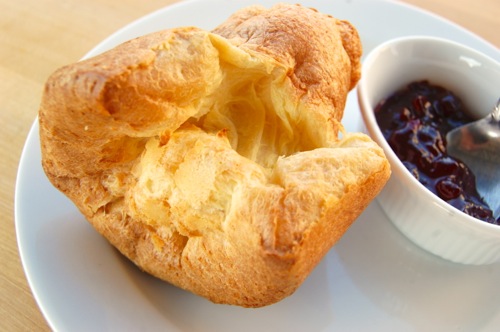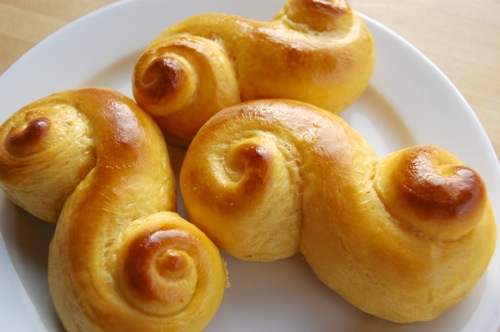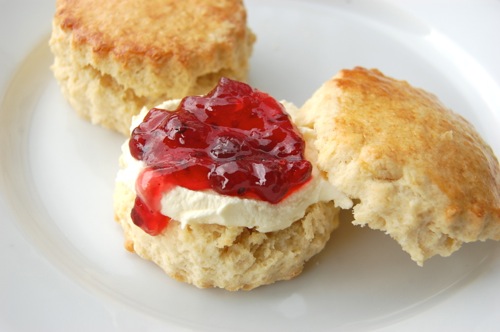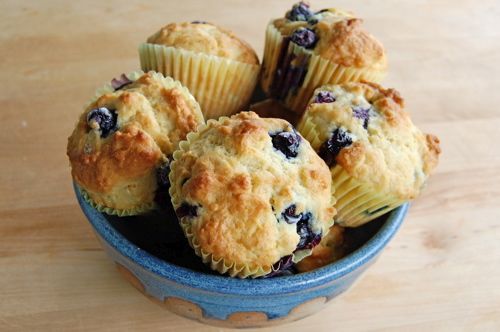Yorkshire Pudding Recipe
If it looks familiar it’s because it’s almost identical to popovers, though just a tad richer. The main difference with Yorkshire pudding is that — classically — it’s baked in one large pan instead of individual servings (like American popovers). That pan needs to be heated and have at least a few tablespoons of smoking-hot meat drippings in it.
Just as with popovers, a successful Yorkshire pudding depends on well developed gluten, which is why I suggest using a blender, food processor or lots and lots of whisking is you want a decent puff. Assemble:
1 ounce (2 tablespoons) melted, unsalted butter
5 ounces (1 cup) all-purpose flour
3/4 teaspoon salt
2 eggs, room temperature
8 ounces (1 cup) milk, room temperature
1 ounce (2 tablespoons) melted fat from a roast, or lard or butter




